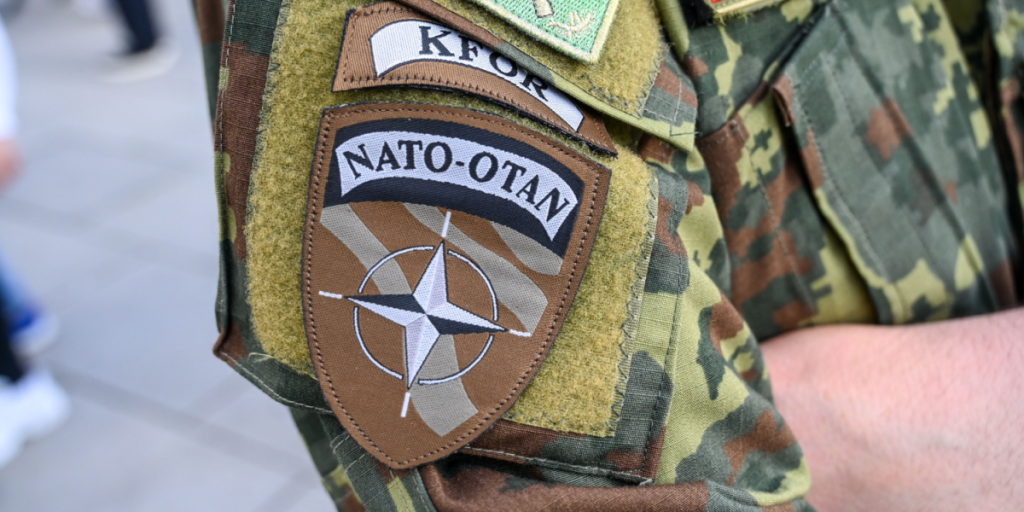Following the drone assault on Poland last week, NATOs Article 4 was activated.
Others are reading now
Following the drone assault on Poland last week, NATOs Article 4 was activated.
What is happening?
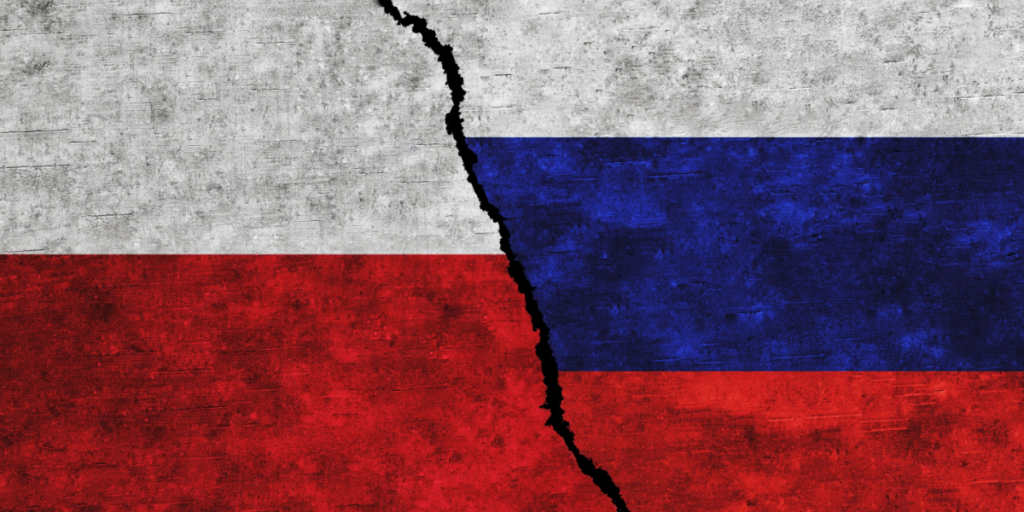
Tensions spiked last week after up to 24 Russian drones reportedly violated Polish airspace in a suspected deliberate incursion.
The drones entered in the early hours of Wednesday, triggering serious concerns in Warsaw.
While Poland has formally accused Russia of a calculated provocation, Moscow continues to deny any wrongdoing.
NATO responds with Article 4 activation
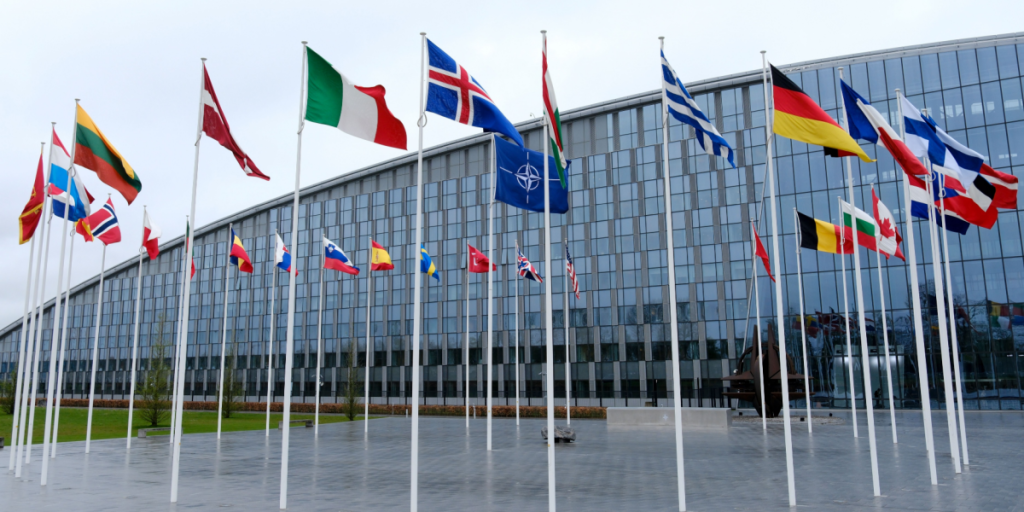
In response to the breach, Poland invoked NATO’s Article 4 — a move that allows member states to convene and consult when one perceives a threat to its sovereignty or security.
Also read
While Article 4 stops short of military action, it signals a heightened level of alert across the alliance’s eastern flank.
The Red Line according to Poland

Speaking to the Kyiv Independent, Poland’s Foreign Minister Radoslaw Sikorski outlined what he believes would trigger NATO’s Article 5 — the collective defense clause.
Sikorski stated that either civilian deaths or an attack on the Rzeszow airport, a crucial logistics hub for aid to Ukraine, would cross the threshold.
Rzeszow Airport: A critical target

The Rzeszow airport has become a lifeline for military and humanitarian aid flowing into Ukraine.
Sikorski warned that some Russian drones appeared to be heading toward this very hub.
Also read
He emphasized Poland’s top priority: safeguarding Rzeszow from sabotage, espionage, and direct attack.
“Closer than ever since World War Two”
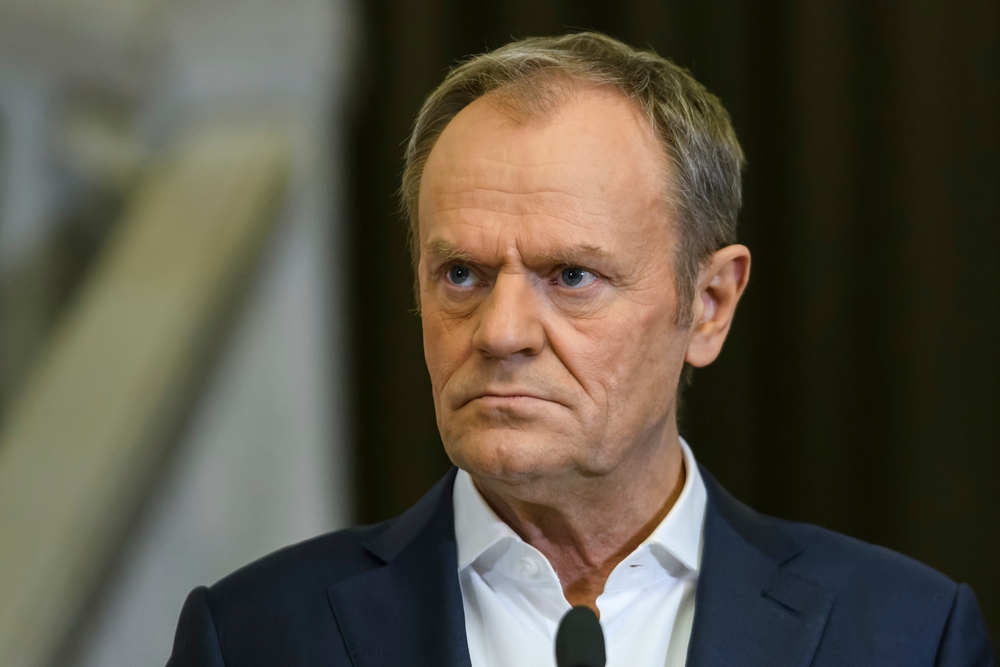
Polish Prime Minister Donald Tusk didn’t mince words following the incident, saying the drone incursion has brought the region “closer to open conflict” than at any point since the Second World War.
His stark warning underlines the gravity of the situation and the rising risk of escalation.
International condemnation mounts
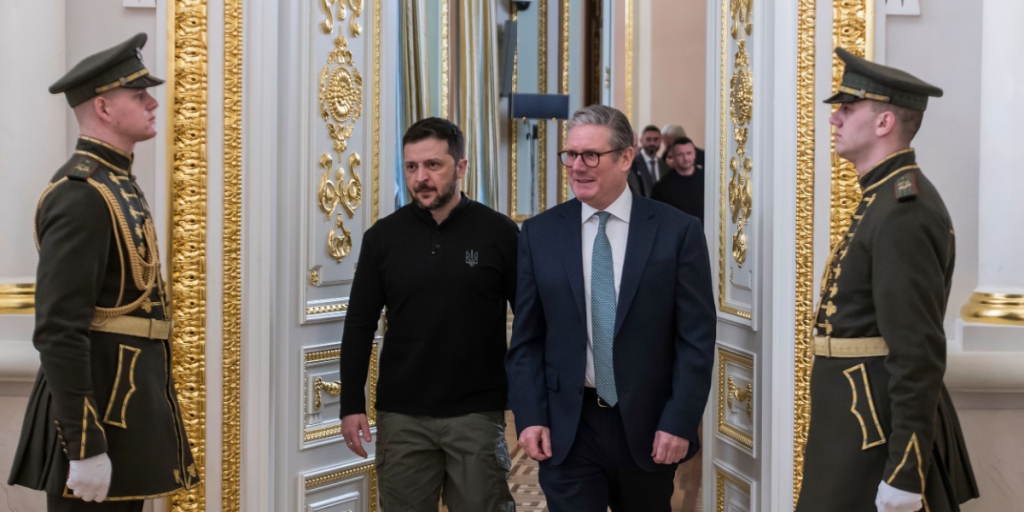
Global leaders quickly voiced their outrage.
UK Prime Minister Keir Starmer labeled the incident “an egregious and unprecedented violation of Polish and NATO airspace.”
Also read
The condemnation highlights growing anxiety over Russian provocations near NATO borders.
NATO intercepts drones, but at a lower rate
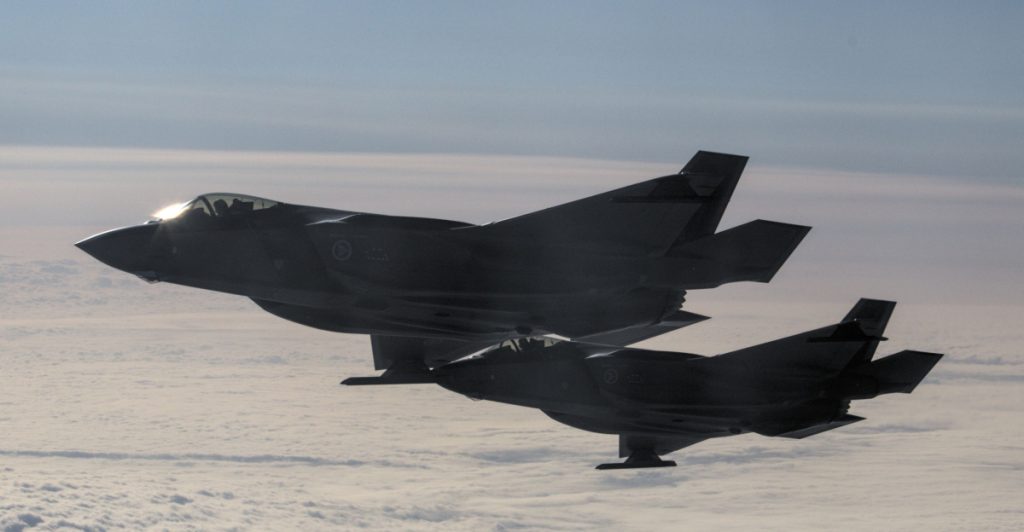
Allied fighter jets managed to shoot down at least three of the Russian drones.
However, some analysts have pointed out that NATO’s interception rate was significantly lower than the 80–85% success rate seen in Ukraine.
While no injuries were reported, property damage was confirmed.
Russia “lost this confrontation”
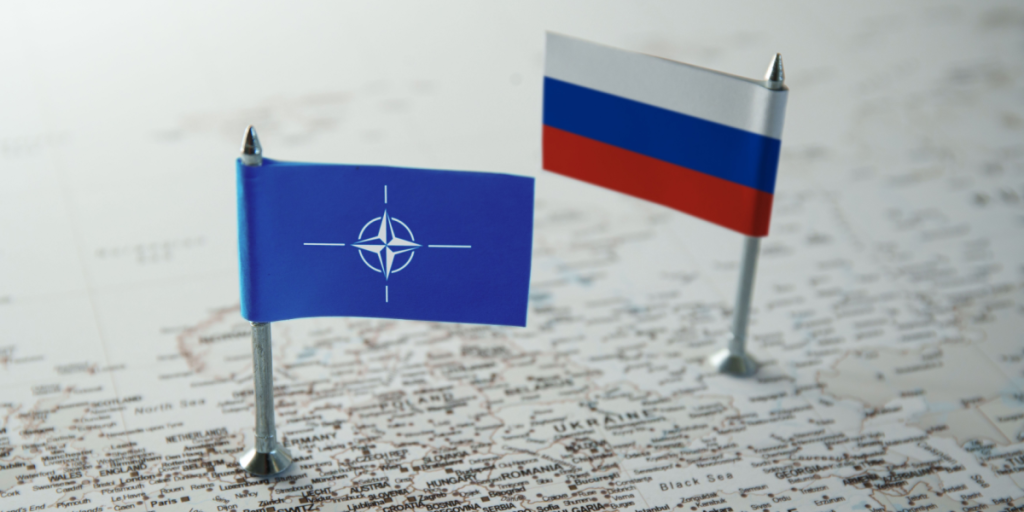
Poland’s foreign minister remained defiant, declaring that Russia had “lost this confrontation” due to the swift NATO response.
Also read
Still, the low interception rate and ongoing drone activity continue to raise concerns about the alliance’s readiness.
Romanian airspace also breached

Just days after the Polish incident, another Russian drone entered Romanian airspace, lingering for around 50 minutes before heading back into Ukraine.
The breach further underscored the growing threat along NATO’s eastern front.
NATO urged to shut down Ukrainian airspace
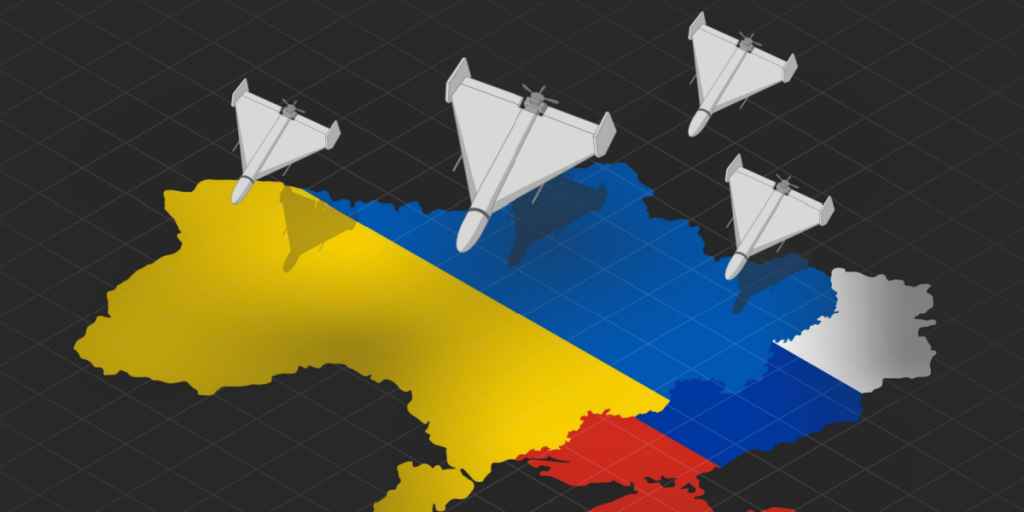
In a separate interview with Frankfurter Allgemeine Zeitung, Sikorski called for NATO to begin shooting down Russian drones and missiles over parts of Ukraine.
His bold proposal drew sharp warnings from former Russian President Dmitry Medvedev, who claimed such action would amount to war between NATO and Russia.

